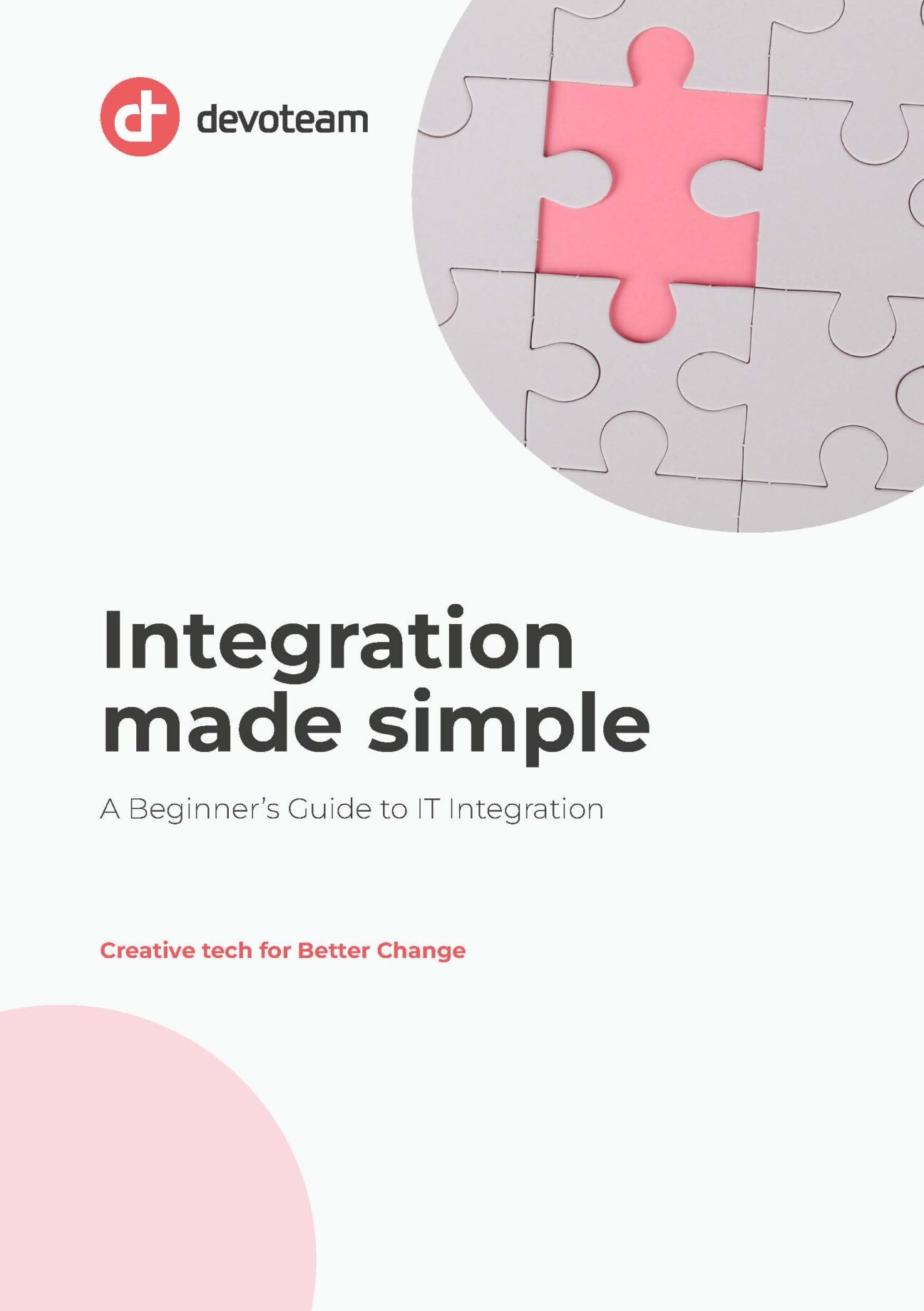Welcome to the world of integration, a world where the combination of tasks that were traditionally viewed separately improves the consumer experience and overall robustness. Rather than manually sending out an email to every customer after receiving their order, we can very well do the exact same thing by linking two processes together to create one big process.
But what exactly is integration in IT, and how can we explain it to you if you have little or no knowledge of integration? Integration in IT refers to the process of combining different software systems and applications to work together as a unified whole. This is important because many businesses rely on a variety of different software tools and systems to manage their operations, but these tools often operate independently and may not communicate with each other. Integration allows businesses to bring these tools together to create a seamless flow of information and streamline their operations.
There are many different ways to integrate software systems, but the goal is always to make it easier for other systems to work together. This can involve creating custom integrations that connect specific tools, using middleware platforms that act as a bridge between different systems, or leveraging APIs (application programming interfaces) that allow different applications to communicate with each other.
Especially in a situation where large workloads can appear in a business process, using integration would be pivotal to ensure that all parties involved get what they need. You wouldn’t want to be waiting until January for your Christmas tree to arrive because the overwhelming amount of orders resulted in the delivery process being delayed.
